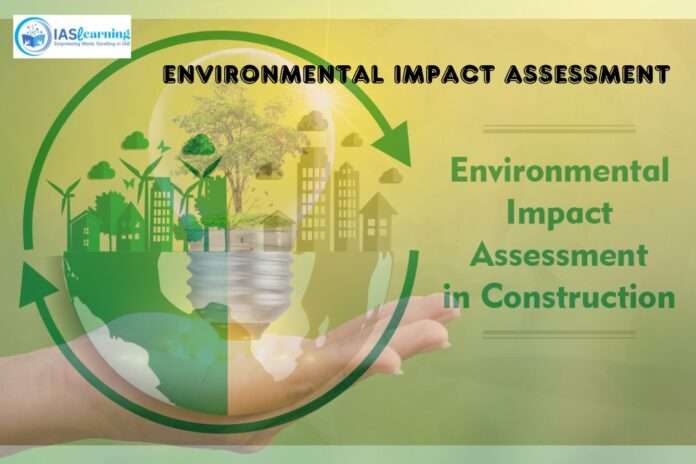Table of Contents
In today’s rapidly changing world, environmental concerns have taken center stage. As societies continue to grow and develop, the impact on the environment becomes increasingly significant. To address these concerns and promote sustainable development, Environmental Impact Assessment (EIA) has emerged as a crucial tool. In this article, we will delve into the intricacies of EIA, its importance, the process involved, and its role in shaping a greener future.
Understanding Environmental Impact Assessment (EIA)
Environmental Impact Assessment, commonly referred to as EIA, is a systematic process that evaluates the potential environmental consequences of a proposed project, plan, or policy. It serves as a decision-making tool to identify and mitigate adverse impacts while enhancing positive ones. EIA aims to strike a balance between development and environmental protection.
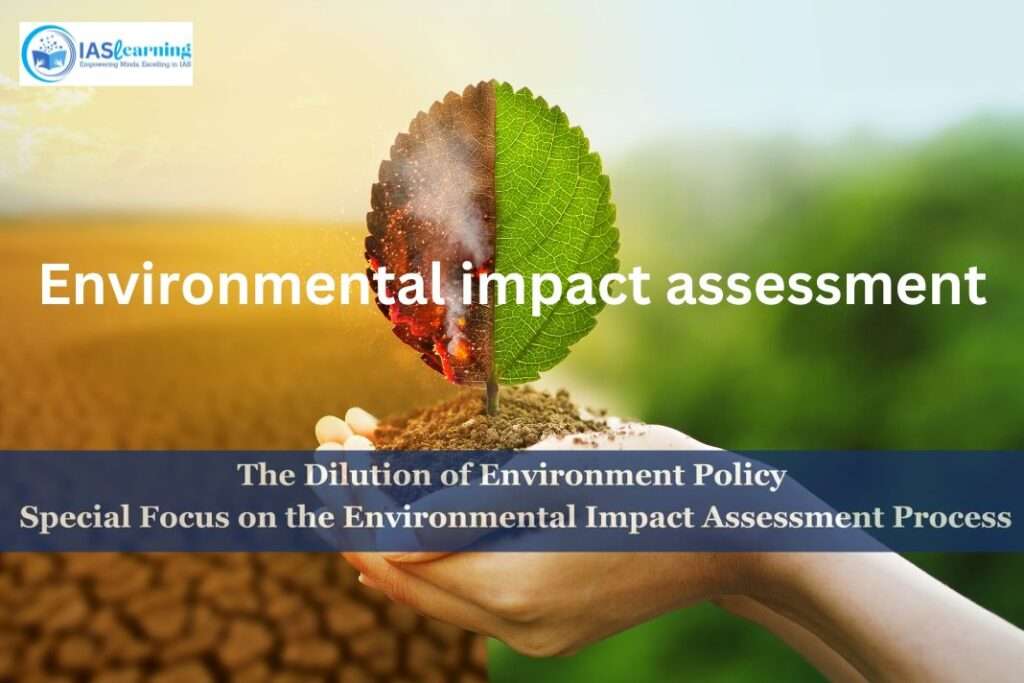
The Significance of EIA
Environmental Impact Assessment (EIA) holds immense significance in today’s world. It plays a crucial role in addressing environmental concerns and promoting sustainable development. Let’s explore why EIA is so important:
1. Promoting Sustainable Development
EIA plays a pivotal role in promoting sustainable development. By analyzing the environmental impacts of various projects, it helps policymakers make informed decisions that prioritize the long-term health of our planet.
2. Mitigating Adverse Effects
One of the primary objectives of EIA is to identify potential negative consequences and suggest measures to mitigate them. This ensures that development projects do not harm the environment irreversibly.
3. Public Participation
EIA encourages public participation, giving communities and stakeholders a voice in decision-making. This inclusive approach leads to more transparent and accountable development practices.
The EIA Process
The Environmental Impact Assessment process typically involves the following stages:
1. Screening
In the initial stage, the project or proposal is evaluated to determine whether it requires a full-scale EIA. This step ensures that resources are allocated efficiently.
2. Scoping
During the scoping phase, the key environmental issues and concerns are identified, and the scope of the assessment is defined. This step sets the groundwork for the assessment.
3. Impact Assessment
This is the heart of the EIA process. Environmental experts assess the potential impacts of the project on various factors, including air quality, water resources, biodiversity, and social aspects.
4. Mitigation and Alternatives
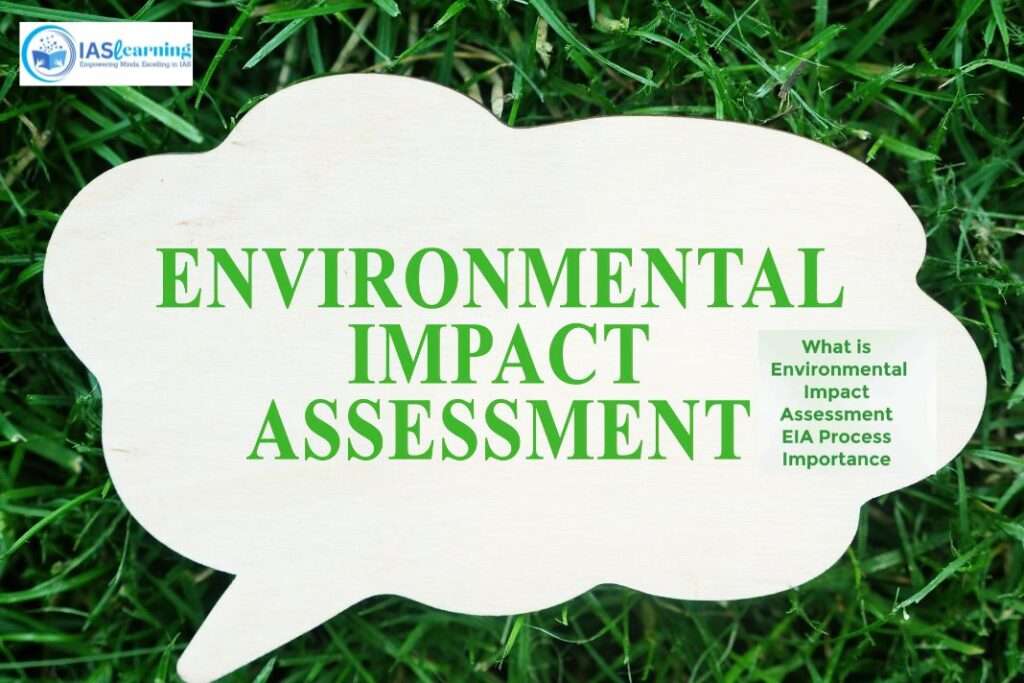
Based on the impact assessment, mitigation measures are proposed to minimize adverse effects. Additionally, alternatives to the project are explored to determine if there are more environmentally friendly options.
5. Reporting
A comprehensive report is prepared, summarizing all the findings and recommendations. This report is then subjected to public scrutiny and regulatory review.
6. Decision-Making
After evaluating the EIA report, competent authorities make a decision on whether to approve, reject, or modify the project. Public input is a crucial factor in this phase.
7. Monitoring
Even after project approval, EIA continues to be valuable. Regular monitoring ensures that the project adheres to the recommended measures and minimizes its impact on the environment.
Environmental Impact Assessment (EIA) in India
Environmental Impact Assessment (EIA) in India is a critical process that aims to evaluate the potential environmental consequences of various developmental projects, policies, or activities. It plays a pivotal role in ensuring sustainable development and protecting the country’s rich and diverse natural heritage.
Legal Framework
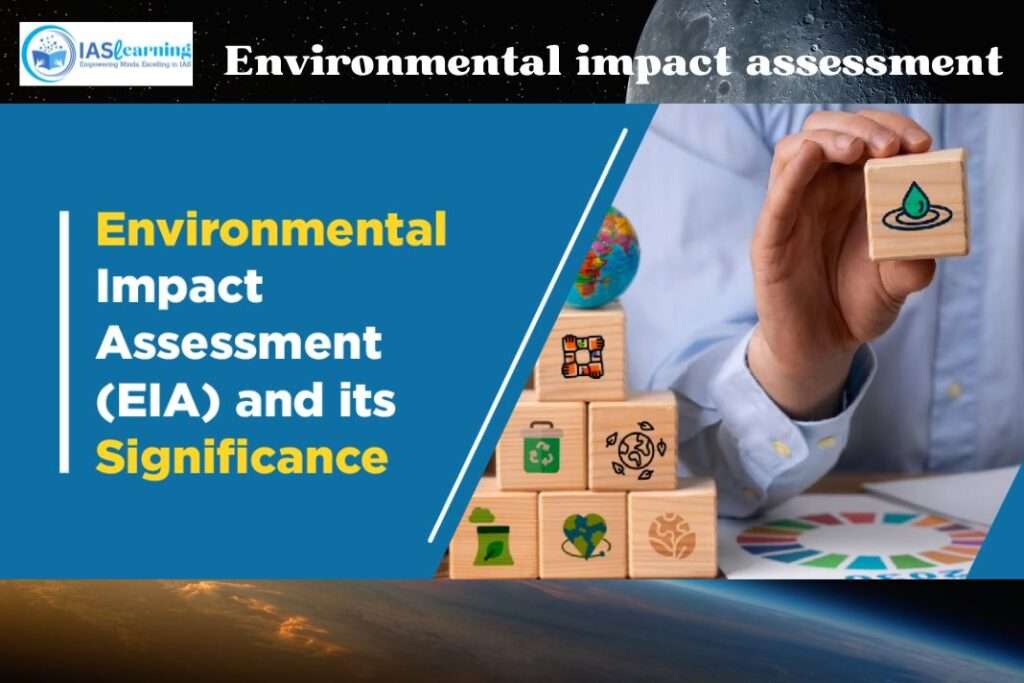
EIA in India is governed by a robust legal framework. The primary legislation regulating EIA is the Environmental Impact Assessment Notification, 1994, issued under the Environment Protection Act, 1986. This notification has undergone several revisions to strengthen the EIA process, with the latest major amendment made in 2020.
Key Features
1. Project Categories
EIA projects in India are categorized based on their potential environmental impact. Projects are classified into Category A (requiring mandatory EIA), Category B1 (requiring a simplified EIA), and Category B2 (requiring an Initial Environmental Examination).
2. Public Participation
Public participation is a fundamental aspect of EIA in India. It ensures that the concerns and views of affected communities and stakeholders are considered during the assessment process. Public hearings are conducted to gather feedback and provide information about the project.
3. Screening and Scoping
The EIA process involves screening and scoping phases. Screening determines whether a project requires a full-scale EIA, while scoping defines the scope and boundaries of the assessment. This stage helps in focusing on the key environmental aspects.
4. Environmental Clearance
After a thorough assessment, projects that are found to have significant environmental impacts require environmental clearance from the Ministry of Environment, Forest, and Climate Change or the State Environmental Impact Assessment Authority.
Significance
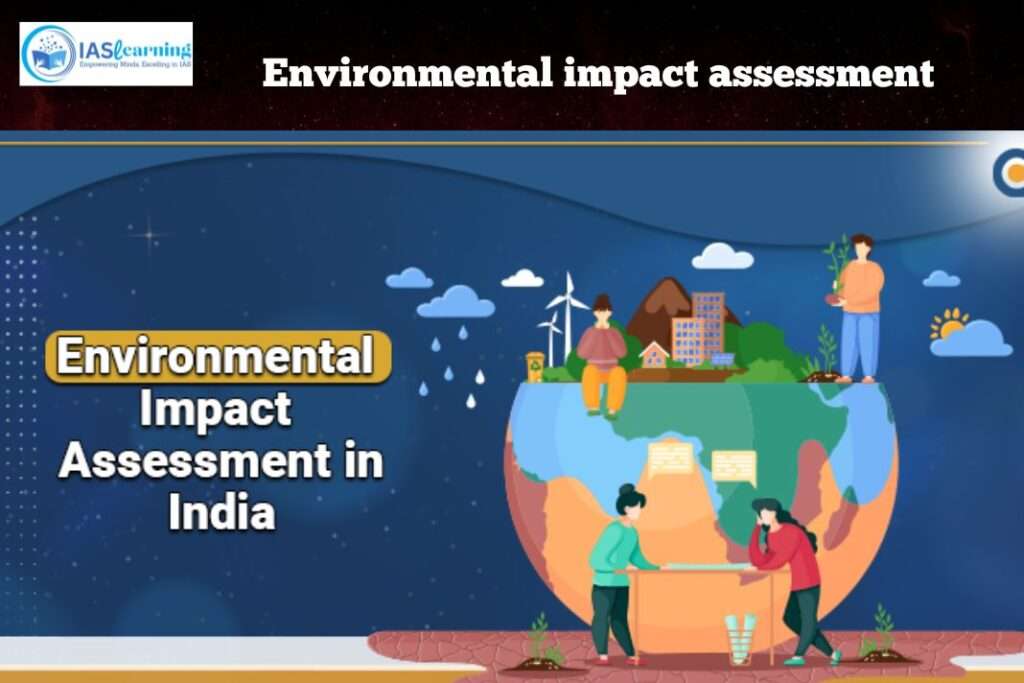
EIA in India holds immense significance due to its role in:
- Environmental Protection: It safeguards India’s natural resources, ecosystems, and biodiversity from potential harm caused by development projects.
- Sustainable Development: EIA guides policymakers in making informed decisions, ensuring that development is balanced with environmental preservation.
- Public Involvement: It promotes transparency and accountability by involving local communities and stakeholders in decision-making processes.
- Compliance: It ensures that projects adhere to environmental regulations and standards, reducing the risk of environmental violations.
Conclusion
In conclusion, Environmental Impact Assessment is an indispensable tool for promoting sustainable development and safeguarding our planet’s future. By systematically assessing the environmental consequences of various projects, EIA allows us to make informed decisions that balance development with environmental preservation. Embracing EIA as a standard practice is a step towards a greener and more sustainable world.
Frequently Asked Questions (FAQs)
1. What types of projects require Environmental Impact Assessment (EIA)?
EIA is typically required for large-scale development projects such as infrastructure construction, industrial facilities, and urban planning initiatives.
2. How does public participation benefit the EIA process?
Public participation ensures that the concerns and opinions of local communities and stakeholders are considered, leading to more transparent and responsible decision-making.
3. Can EIA reports influence the outcome of a project?
Yes, EIA reports can significantly influence project outcomes. They provide valuable insights into potential environmental impacts, which can lead to project modifications or even rejection if adverse effects are too severe.
4. Are there international standards for conducting an EIA?
Yes, various international organizations, such as the United Nations and the World Bank, have established guidelines and principles for conducting EIAs to ensure consistency and effectiveness.


